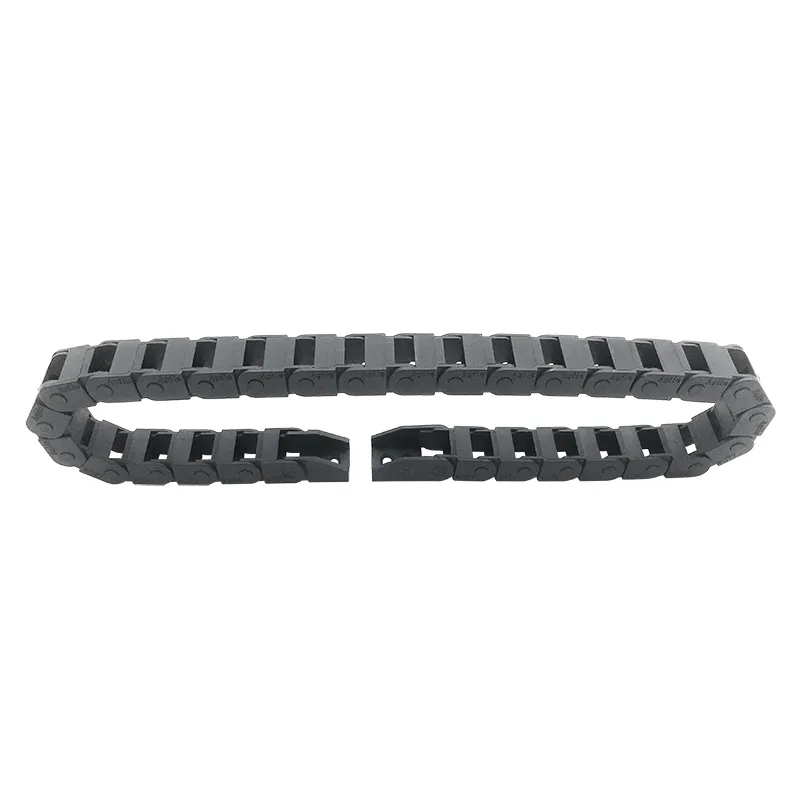Way Covers and Bellows | Precision Protection for Machinery
Understanding Way Covers and Bellows Essential Components in Machine Design
In the intricate world of machine design and manufacturing, certain components are vital for ensuring both functionality and longevity. Among these, way covers and bellows play a crucial role in safeguarding machinery while enhancing their operational efficiency. Though they serve similar protective functions, their designs and applications can vary widely.
Way covers are protective devices designed to shield the guiding surfaces of a machine, particularly in linear motion systems such as CNC (Computer Numerical Control) machines, lathes, and milling machines. These covers help maintain the accuracy of machine movement by preventing the ingress of dust, chips, coolant, and other contaminants that could interfere with machine operation. Typically made from materials like steel, aluminum, or composite polymers, way covers come in various forms, including telescopic covers and accordion-style designs. The choice of material and design often hinges on the operating environment and the specific requirements of the machine.
The primary function of way covers is to extend the lifespan of precision components by reducing wear and tear. By acting as a barrier, they protect the guideways, ball screws, and linear bearings from potentially damaging particles. Additionally, way covers contribute to improved safety in the workplace by preventing workers from accidental contact with moving parts.
way covers and bellows

On the other hand, bellows are flexible protective devices often used in environments where smooth, uninterrupted movement is essential. They are commonly seen in conjunction with hydraulic and pneumatic systems, where they safeguard rods and other moving components from exposure to environmental elements. Bellows can also be utilized to seal conduits or joints, ensuring that substances like dust or fluids do not penetrate crucial machinery parts.
Typically constructed from materials such as rubber, neoprene, or PVC, bellows are designed to withstand varying pressures and temperatures, making them versatile for many applications. Their accordion-like structure allows for flexibility and movement while maintaining a protective barrier, which is beneficial in dynamic environments.
While both way covers and bellows serve the essential function of protection, they differ significantly in their specific applications and construction. Way covers are ideal for linear movement protection where precision is paramount, whereas bellows are well-suited for applications requiring flexibility alongside protection.
In conclusion, way covers and bellows are indispensable components in machine design, each contributing significantly to operational efficiency and safety. By preventing contamination and wear, these protective devices not only enhance the longevity of machines but also improve the precision of their operations. As technology advances, the materials and designs of way covers and bellows will continue to evolve, further solidifying their importance in modern manufacturing and engineering practices.








